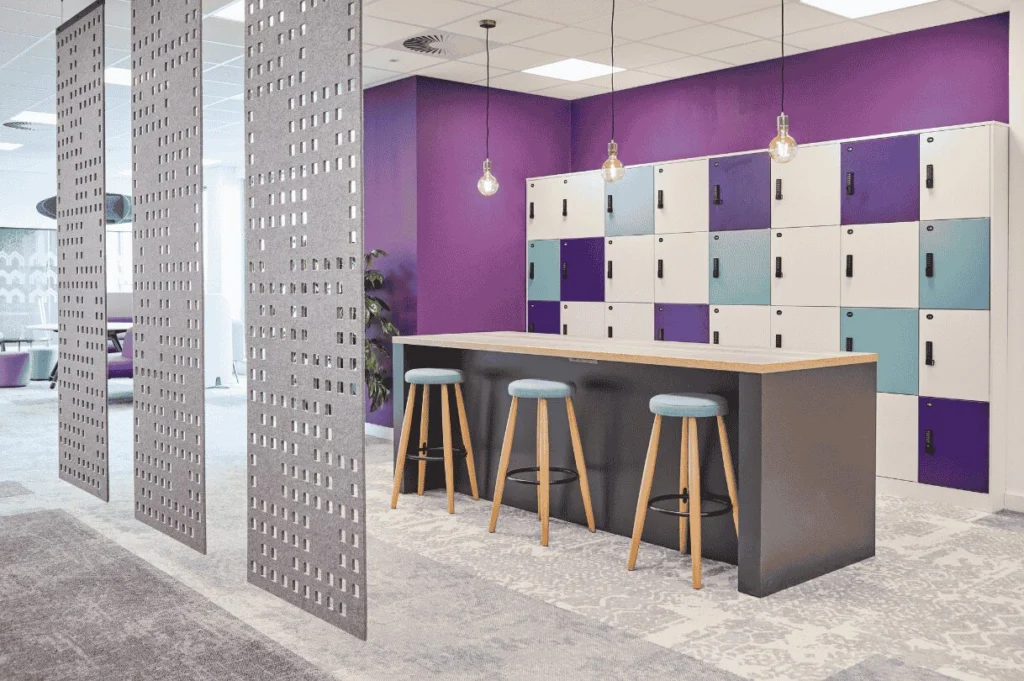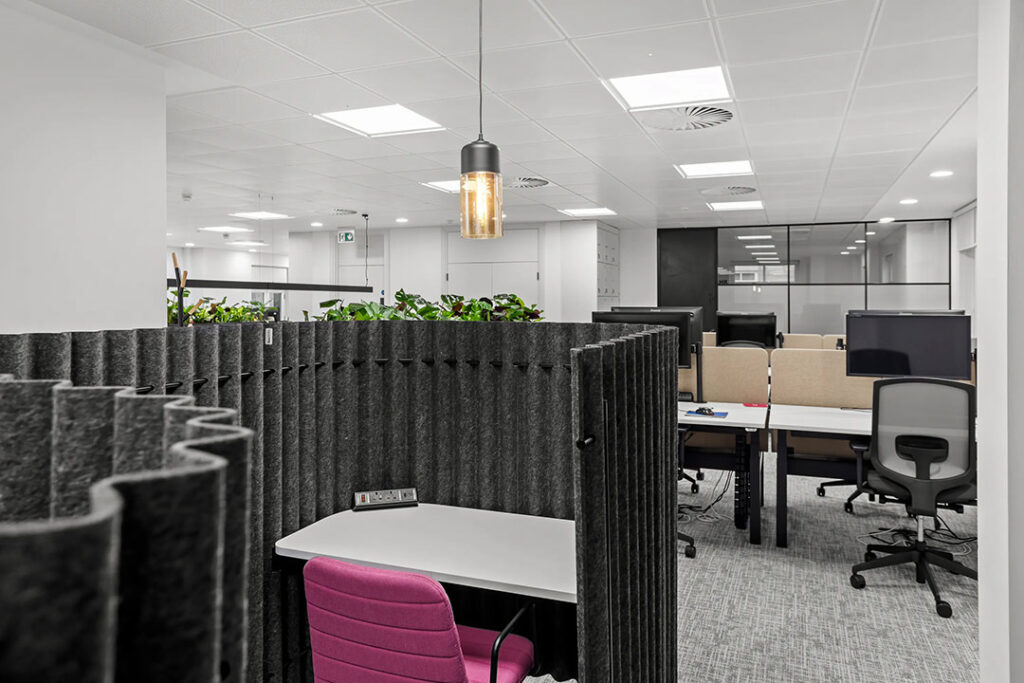
Creating Calm Classrooms: A Look at the BB93 Standard
When you walk into a classroom, lecture hall, or studio, you might notice the colours, the furniture, or even the lighting. But what about the sound? Acoustics are often overlooked, yet they play a huge role in how people feel and how effectively they learn. In fact, 80% of teachers report feeling stressed by classroom noise. A noisy, echoey space can be stressful and distracting, while a calm, well-designed environment helps students focus and teachers communicate with ease.
That’s where the BB93 standard comes in.
What is BB93?
BB93 stands for Building Bulletin 93 – Acoustic Design of Schools: Performance Standards. Originally published in 2003 and updated in 2014, it sets out the minimum acoustic performance requirements for new and refurbished school buildings in England and Wales.
Put simply, it’s the go-to framework for ensuring that educational spaces sound as good as they look.

Why does it matter?
We’ve all experienced how difficult it is to concentrate in a noisy environment. For children and young people, poor acoustics can make learning harder, affect concentration, and even lead to fatigue. Teachers often find themselves raising their voices, which can cause strain and stress — something especially important to consider given that in a typical school of 1,000 students, around 150 may be neurodiverse.
BB93 was introduced to tackle exactly this issue. It helps to ensure that classrooms and learning spaces support clear communication, good concentration, and inclusivity for all students. For example, in a typical new-build classroom, the standard recommends an indoor ambient noise level of no more than 35 dB (LAeq over 30 minutes), rising to 40 dB in refurbishment projects. Open-plan teaching areas can tolerate slightly higher noise levels — up to 40 dB for new builds and 45 dB for refurbishments — while specialised music rooms, recital spaces, or recording studios have stricter limits to protect speech intelligibility and musical clarity. SEN teaching spaces are particularly sensitive, with limits as low as 30 dB to support students with hearing or communication needs — especially important when you consider that on any given day, 16% of children could be experiencing some level of hearing impairment.
These figures show that different spaces require different acoustic treatments — a one-size-fits approach simply won’t work.

What does BB93 cover?
The standard focuses on a few key areas:
- Internal ambient noise levels – keeping background noise (from things like ventilation systems or outside traffic) within acceptable limits.
- Sound insulation – making sure walls, floors and doors reduce sound transfer between rooms.
- Reverberation times – controlling echoes so that speech is clear and intelligible.
- Specialist spaces – setting tailored requirements for music rooms, sports halls, SEN classrooms and open-plan teaching areas.
BB93 in practice
For architects, interior designers and fit-out companies, BB93 provides a clear framework, but meeting it isn’t just about compliance; it’s about creating environments that help the upcoming generations through effective use of design. Acoustic performance depends on materials, layouts, and the use of treatments like wall panels, ceiling rafts, baffles and lattices.
The most successful education projects consider acoustics early in the process. Waiting until the final stages often limits what’s possible, but with acoustic solutions built in from the start, it’s easier to create learning environments that feel calm, inclusive and effective.

Going beyond compliance
While BB93 sets the minimum standard, many schools and universities aim higher. Acoustics are not just about meeting regulations; they’re about creating spaces where students can thrive and teachers feel supported.
Thoughtful acoustic design improves focus, reduces stress and makes communication smoother. It can also bring texture, colour and creativity into a space, proving that practical solutions don’t need to compromise on aesthetics.
Final thoughts
BB93 is a vital part of designing effective education spaces, ensuring that acoustics aren’t left to chance. But while it sets the baseline, great design goes beyond ticking boxes. By combining compliance with creativity, we can create learning environments that truly support wellbeing, concentration and calm.
Curious about how acoustic solutions can help you meet and exceed BB93 standards in your next project? Explore our products here.
Want to explore acoustic solutions that are tailored to your next design project? Take a look at our full range of acoustic solutions here or give us a call on +44 (0)20 3889 9888, email us at hello@allsfar.com or fill in our contact form on our website here.